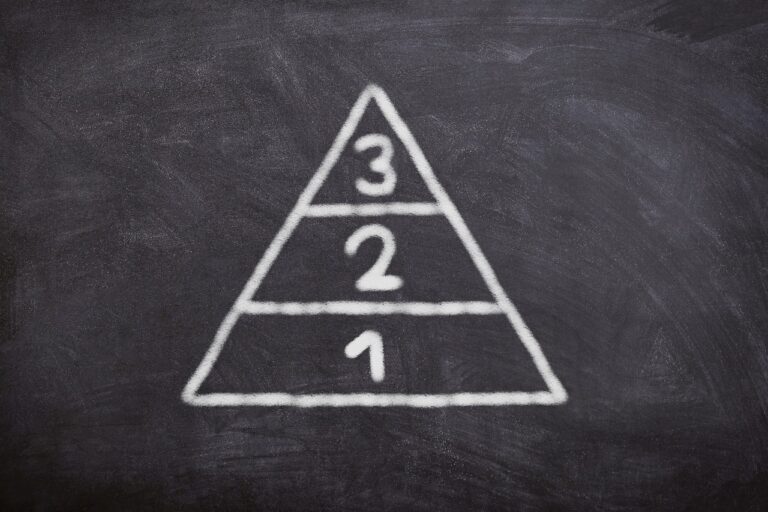The Role of Dance in Promoting Equity and Inclusion
skyexch win, world777 com id, goldbet7 com:Dance has long been recognized as a powerful tool for promoting equity and inclusion in society. From breaking down barriers to fostering empathy and understanding, the art of movement has the potential to unite people from diverse backgrounds and create a sense of community. In this blog post, we will explore the role of dance in promoting equity and inclusion, and how it can be used as a tool for social change.
Breaking Down Barriers
One of the most significant ways in which dance promotes equity and inclusion is by breaking down barriers between individuals. Dance provides a universal language that transcends cultural differences, allowing people to connect on a deeper level through movement and expression. Whether it’s a traditional folk dance from a specific region or a contemporary piece that reflects current social issues, dance has the power to bring people together and create a sense of unity.
Fostering Empathy and Understanding
Dance also plays a crucial role in fostering empathy and understanding among individuals. By embodying different perspectives and experiences through movement, dancers have the opportunity to step into someone else’s shoes and gain a deeper understanding of their struggles and triumphs. This empathy-building process can lead to increased compassion and respect for others, ultimately helping to bridge the gap between different groups in society.
Celebrating Diversity
Dance celebrates diversity by showcasing a wide range of styles, techniques, and cultural traditions. From ballet to hip-hop, salsa to Kathak, dance reflects the rich tapestry of human expression and creativity. By embracing this diversity and promoting a variety of dance forms, we can create a more inclusive environment that values and respects all cultural backgrounds.
Creating Safe Spaces
Dance provides a safe space for individuals to express themselves authentically and without judgment. In a world where discrimination and prejudice are still prevalent, dance offers a refuge where people can come together to share their stories and experiences through movement. This sense of belonging and acceptance can empower individuals to embrace their identities and connect with others in a meaningful way.
Empowering Marginalized Communities
Dance has the power to empower marginalized communities by amplifying their voices and highlighting their experiences. Through performances, workshops, and collaborations, dancers from diverse backgrounds can raise awareness about social justice issues and advocate for change. By giving a platform to those who are often silenced, dance can inspire action and create a more equitable society for all.
FAQs
1. How can dance be used to promote equity and inclusion in schools?
Dance can be incorporated into school curricula to teach students about different cultures, histories, and social issues through movement. By offering diverse dance classes and performances, schools can create a more inclusive environment that values and celebrates diversity.
2. What are some examples of dance companies or organizations that promote equity and inclusion?
Several dance companies and organizations, such as Urban Bush Women, Alvin Ailey American Dance Theater, and Dance/USA, are dedicated to promoting equity and inclusion in the dance world. These organizations provide opportunities for dancers from diverse backgrounds to showcase their talents and engage with audiences on important social issues.
In conclusion, dance plays a critical role in promoting equity and inclusion by breaking down barriers, fostering empathy, celebrating diversity, creating safe spaces, and empowering marginalized communities. By harnessing the power of movement and expression, we can work towards a more equitable and inclusive society for all.







